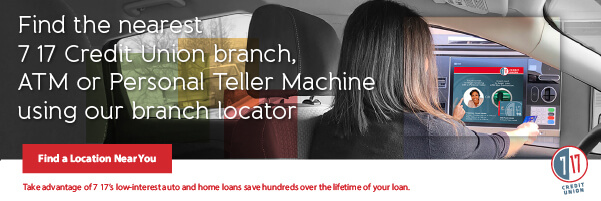- Francesca Sacco
Financial Action Plan for Lowering Your Credit Card Payments

Faced with high credit card balances, costly interest charges and ever-increasing minimum payments? You’re not alone. According to one survey conducted in September 2021, 54% of Americans reported carrying a balance on their credit card — and if you’re not careful with this financial tool, it can quickly become a costly liability.
If credit card payments are placing you under financial stress and holding you back from achieving your goals, you probably need an actionable plan to help you get your credit card debt back under control. A financial action plan can help you lay out a blueprint to fix your credit card issues and alleviate the burden of those payments.
Here’s a look at exactly what steps that financial action plan might include:
1. Revise your monthly spending budget.
High credit card balances are a product of high credit card usage. If you want to make a long-term fix to your credit card spending, it starts with revising your spending budget.
The less you charge to your credit card, the less this product’s financial burden will be when it comes time to pay off your balance. This is particularly crucial if you’re unable to fully pay off your balance every month. When balances are carried over, your debt utilization increases, your interest charges pile up, and your credit card debt can quickly snowball.
2. Prioritize repayment of the balance carried over every month.
If you are paying off credit card debt across multiple credit cards, consider using either the debt avalanche or debt snowball method to prioritize repayment across these accounts.
With the debt avalanche payment method, you make the minimum payment on each credit card and then put any remaining funds toward the balance that’s getting charged the highest interest rate.
With the debt snowball method, by contrast, leftover funds are paid on the smallest credit card balance, which can reduce the number of monthly payments you’re making as debts are fully repaid.
3. Calculate the cost-effectiveness of debt consolidation or a balance transfer.
If credit card debt is going to take several months or longer to repay, debt consolidation may be more cost-effective while also giving you greater financial flexibility as you work to repay this debt.
One option for debt consolidation is a balance transfer to another credit card. Ideally, consumers will find a balance transfer promotion that features zero percent interest for a set period of time.
Personal loans are another option to consolidate debt, although the rates and costs of this financial product may be greater.
4. Restrict spending on your credit cards while you strengthen your spending habits.
If you’re struggling to control your spending, you might benefit from switching to making payments with your debit card or converting over to a cash-only system as you work on your personal spending habits.
Once your spending and credit card balances are under control, you can consider resuming the use of your credit cards, giving yourself more financial freedom as you prove you have the ability to keep your finances under control.
5. Grow your emergency fund to cover unexpected bills.
When you don’t have any better options, credit cards can offer invaluable financial relief by helping you cover bills when they come due.
Unfortunately, your credit card bill also comes due eventually. While a credit card may buy you time, it’s helpful to have an emergency fund in place to cover those costs and protect you from sudden increases to your credit card balance.
Credit cards are a great financial tool that offer financial flexibility and even spending rewards, but they can also become a liability when payments and balances grow beyond manageable levels.
Your local credit union offers a number of financial products and resources that can help you better manage credit cards and avoid costly balances. Access these products and resources today by becoming a credit union member and opening a checking account.
